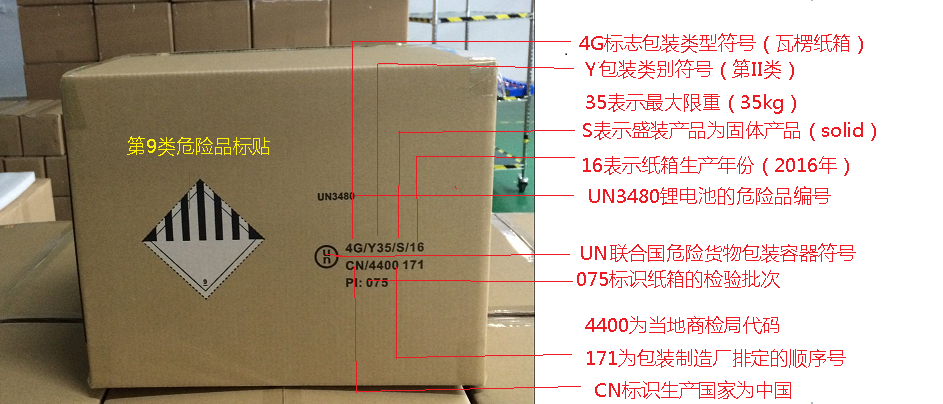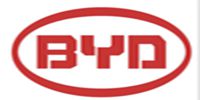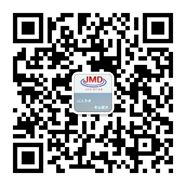
UN Packaging symbol: the symbol signifies that a package has been tested and has passed UN packaging performance tests. The symbol should not be applied to a package for any other purpose, especially if that package has not been tested.
UN Codes for Type of Packaging and Material of Construction: There are several different types of packagings along with several different materials in which they are constructed from. The following gives a brief overview of each:
Types of Packaging
1 — Drums/Pails
2 — Barrels
3 — Jerricans
4 — Box
5 — Bag
6 — Composite packaging
Materials of Construction
A — Steel
B — Aluminum
C — Natural wood
D — Plywood
F — Reconstituted wood
G — Fiberboard
H — Plastic material
L — Textile
M — Paper, multi-wall
N — Metal (other than steel or aluminum)
P — Glass, porcelain or stoneware (not used in these regulations)
Packing Group: Packing group assignments determine the degree of danger of a dangerous goods item, so the following outlines how to determine if your dangerous goods can go inside of a UN specification package:
X — for packing groups I, II and III
Y — for packing groups II and III
Z — for packing group III
Maximum Gross Weight: For outer packagings intended for solids, this marking will indicate the maximum gross mass (weight) in kilograms at which the package has been tested for.
Year of Manufacture: This represents the last two digits of the year in which the package was manufactured.
Origin of Manufacture: This represents the country where the package was constructed.
Manufacturer Code: The last part of the UN specification marking sequence represents the code for the manufacturing plant or testing facility for the package































